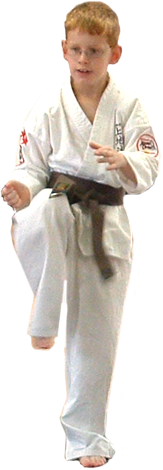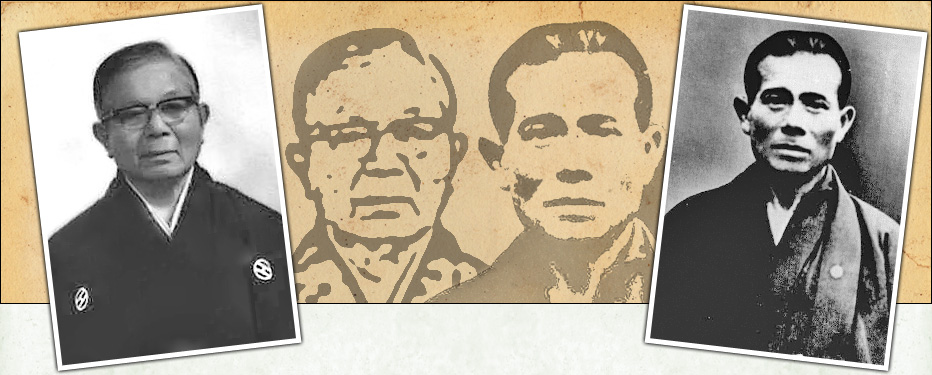Our Discipline

Uechi-Ryu is traditional Chinese-Okinawan self-defense, as interpreted by Master Kanbun Uechi, his son Kanei Uechi, and students of their art. Uechi- Ryu has its origin in the ancient Chinese tradition of martial arts. Kanbun learned the system Pangainoon ("half-hard, half soft") in China after fleeing Japanese military conscription in his homeland of Okinawa. The system, which has gone by the name "Glare in the Eyes with Fast Hands", is based on the movements of the Dragon, Tiger and Crane. Grateful for his many years of instruction, Kanbun Uechi's students renamed the system "The Way of Uechi." Uechi Ryu today is taught in many Dojos world-wide. It is not a smoke-and-mirrors creation of a commercial karate instructor but rather, an effective method of self-defense through karate, the art of weaponless fighting.
Uechi-Ryu provides a unique approach to the martial arts. Uechi-Ryu uses reliable strikes to vulnerable targets to defeat foes, but lacks the flash and endless variety of some styles. Uechi-Ryu is application oriented and avoids high kicks, spinning techniques, exaggerated blocks, or many jumping techniques, since these leave a fighter vulnerable to attacks and throws. Uechi-Ryu uses soft blocks to redirect the force of an enemy's attack, instead of karate's more traditional hard blocks, which require countering an opponent's strength. These soft blocks also set up opportunities for counterattacks and throws.
All of Uechi-Ryu builds upon the principles found in Sanchin kata, its first form. Advanced Uechi-Ryu consists of expansions of these principles rather than an assembly of unconnected techniques, so Uechi-Ryu builds a solid foundation for its students' progress. The Sanchin stance is fundamental to all Uechi-Ryu kata and is designed to protect karate students, allowing them to use their bodies to their fullest. Its back posture, tight stomach, locked-down shoulders and turned in elbows allow practitioners to channel the power of their legs into the strikes and blocks their arms make. A short stance, the Sanchin stance provides the stability of a longer stance, but reduces the vulnerability of the front leg to kicks and sweeps while allowing greater mobility.
At Alan Kessler's Karate Center we teach the traditional form of Uechi-Ryu Karate in ways compatible with our philosophy of training children and adults to use Martial arts wisely and with compassion.
Student Creed
All students are encouraged to learn the Student Creed, know what the words mean and use this knowledge in their everyday lives.
Remembering that the Martial Arts begin and end with respect, I intend to:
- Develop myself in a positive manner, and avoid anything that would reduce my mental growth or physical health
- Develop self-discipline in order to bring out the best in myself and others
- Use what I learn in class constructively and defensively, to help myself and my fellow man, and never to be abusive or offensive.
8 Virtues of Karate
- Modesty Not showing off, to be reserved; shy about karate.
- Courtesy Having polite behavior, caring for someone else.
- Integrity Being honest, knowing right from wrong.
- Compassion Being able to understand someone's feelings.
- Gratitude Being thankful for things you have received.
- Self Control To control your emotions and actions.
- Perseverance To keep trying no matter what happens.
- Indomitable Spirit Effort that is not easily discouraged



